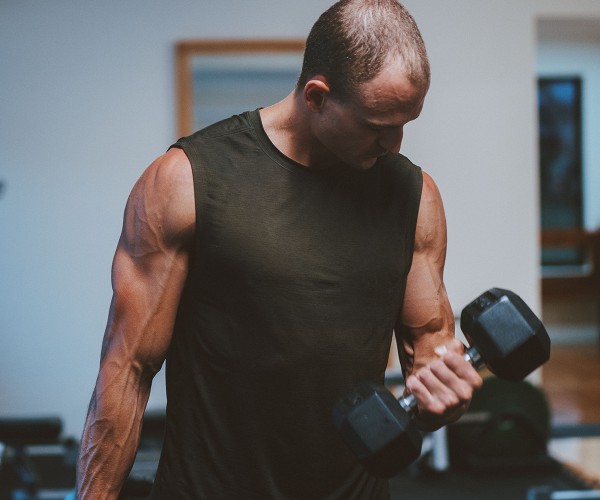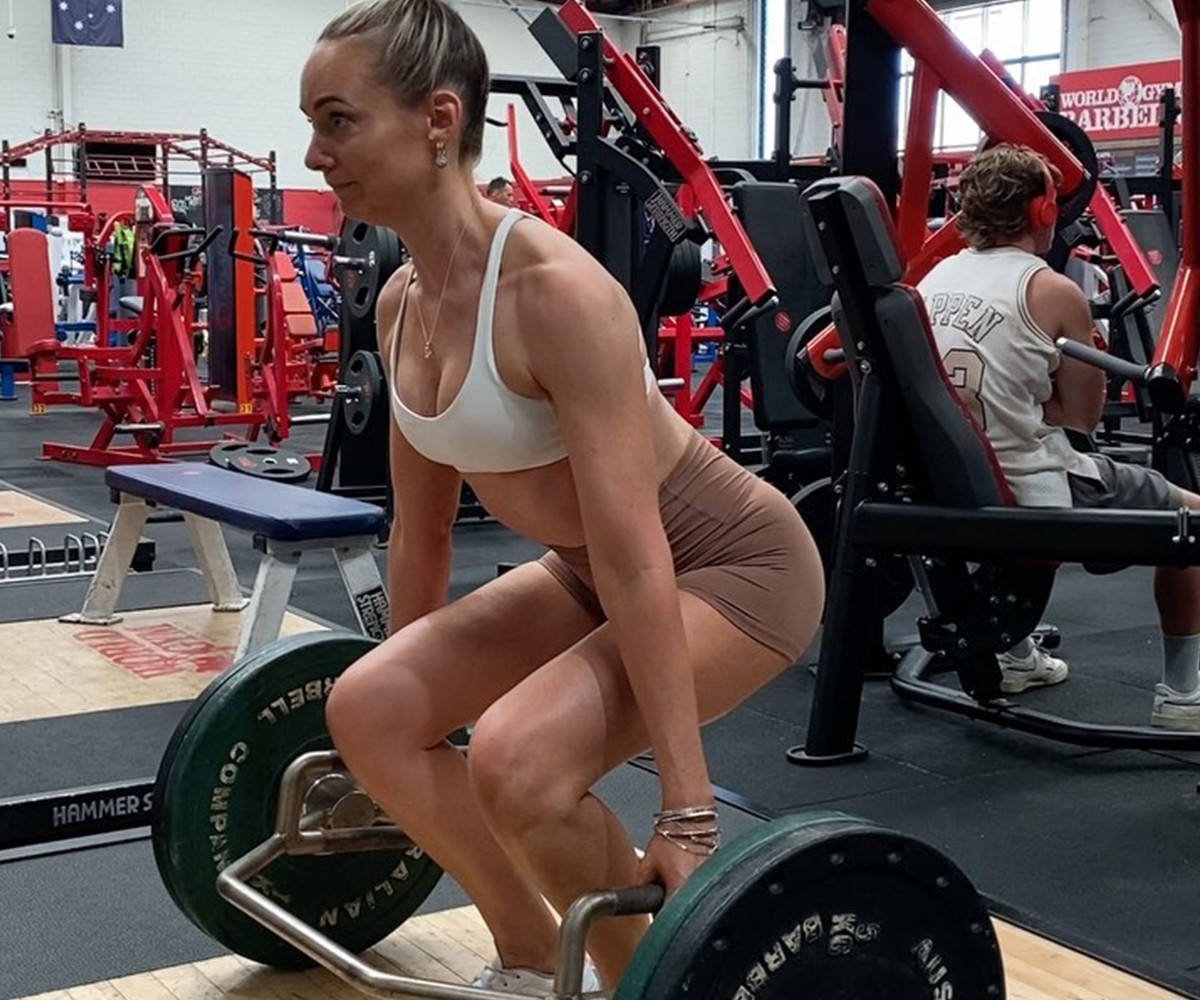
Science: These Are the Best Exercises for Triceps
Posted by Dayne Hudson
Estimated reading time: 4 minutes

A recent study looked at 34 regular training male lifters and amazingly discovered that just 1 set per muscle group (with more for back and legs) was enough to maintain muscle mass. And obviously, the researchers noted that for significant muscle gains, a longer duration is better. But it's handy information to have when you're stuck for time. This is exactly the workout that was performed three times per week during the study:
All sets were taken to muscle failure (until you can't perform another rep).

And you might have been searching for arms or hamstring workouts in the program above and seen none. So, it's up to you if you want to incorporate arms and hamstrings into a short workout.
Starting with the biceps; lat pulldowns have been found to elicit the same muscle growth as bicep curls in untrained subjects! So maybe not training biceps depending on time is ok.
But moving onto triceps; they aren't worked properly during just bench presses. So, adding some in would likely be beneficial. Also, you likely won't get away without any hamstring training, if you want to maintain them! Hamstrings aren't used during squats, nor leg press or leg extensions as the subjects did above. But it's not the end of the world! Because, if a 15-17 minute workout is within your busy schedule, then we've worked out you could do the following:
So, by doing this three times per week, you might just maintain your muscle mass.
This can happen to all of us and is a common question. Science suggests no muscle is lost for at least three weeks.
But a lot of people imagine this loss of muscle when it hasn't actually occurred. They've really just lost muscle glycogen (stored carbohydrates in the muscle). When some lifters start dieting and consume fewer carbohydrates or go on a ketogenic diet (where they consume hardly any carbohydrates) muscle size can "shrink."
Here's an interesting fact: Eating carbohydrates can make your muscles look 16% larger! So, keeping up the carbohydrate intake (and the training) makes them look bigger. But there's a difference between losing superficial muscle size and tissue.
Also, studies tell us that for every gram of glycogen stored in our muscles, 3 grams of water is also pulled in. So that's how your muscles can look larger with carbohydrate intake.

Any ideas on what the best way to maintain muscle mass is?
You'd be forgiven for thinking of a calorie surplus, but it's actually eating at maintenance calories (eating the same amount of calories you burn every day).
And in concert with that, remember that protein intake is critical for maintaining muscle mass; consume 2 grams of protein per kilogram of body weight daily.
So, there are three things to ensure you maintain muscle mass for the minimum amount of training: doing your 15-17 minute workouts three times weekly, eating maintenance calories, and eating 2 grams of protein per kilogram of body weight daily. When time is scarce for training, maintaining muscle mass might not be as hard as some people thought!

Like many, Dayne was once desperate to lose weight and get into shape. But everyone he asked, everything he read, lead to the same place... nowhere.
His journey started there - researching science journals and completing a Sports Nutrition Specialist qualification so he could make weight loss easier.

Posted by Dayne Hudson
Estimated reading time: 4 minutes

Posted by Bulk Nutrients
Estimated reading time: 6 minutes
With over 700 recipes and articles, the Bulk Nutrients Blog has something for everyone! Find a new workout, meet our ambassadors or take a deep dive into our products today.
We're an Australian manufacturer and supplier of high quality sports supplements.
Operating since 2008, Bulk Nutrients has become one of the premier Australian brands to supply nutritional products to top level athletes, competitors and those on a journey to a healthier lifestyle.
One thing that sets Bulk Nutrients apart is that we love to talk to our customers!
Whether you need product advice, help with the website or need a change made to your order... call us on +61 3 6266 4725.
If you prefer email you can email us day or night at info@bulknutrients.com.au
For online chat, hit the 'Chat' button in the bottom right hand corner of your screen and you'll be connected to one of our lovely customer service team.
Or if you'd like to get in touch through our online contact form, that's cool too!
Terms & ConditionsSustainability StrategyPrivacy PolicyPayment InformationSitemap
All prices are in Australian dollars (AUD) and include GST unless otherwise stated.
All content copyright © Bulk Nutrients 2008 - 2024